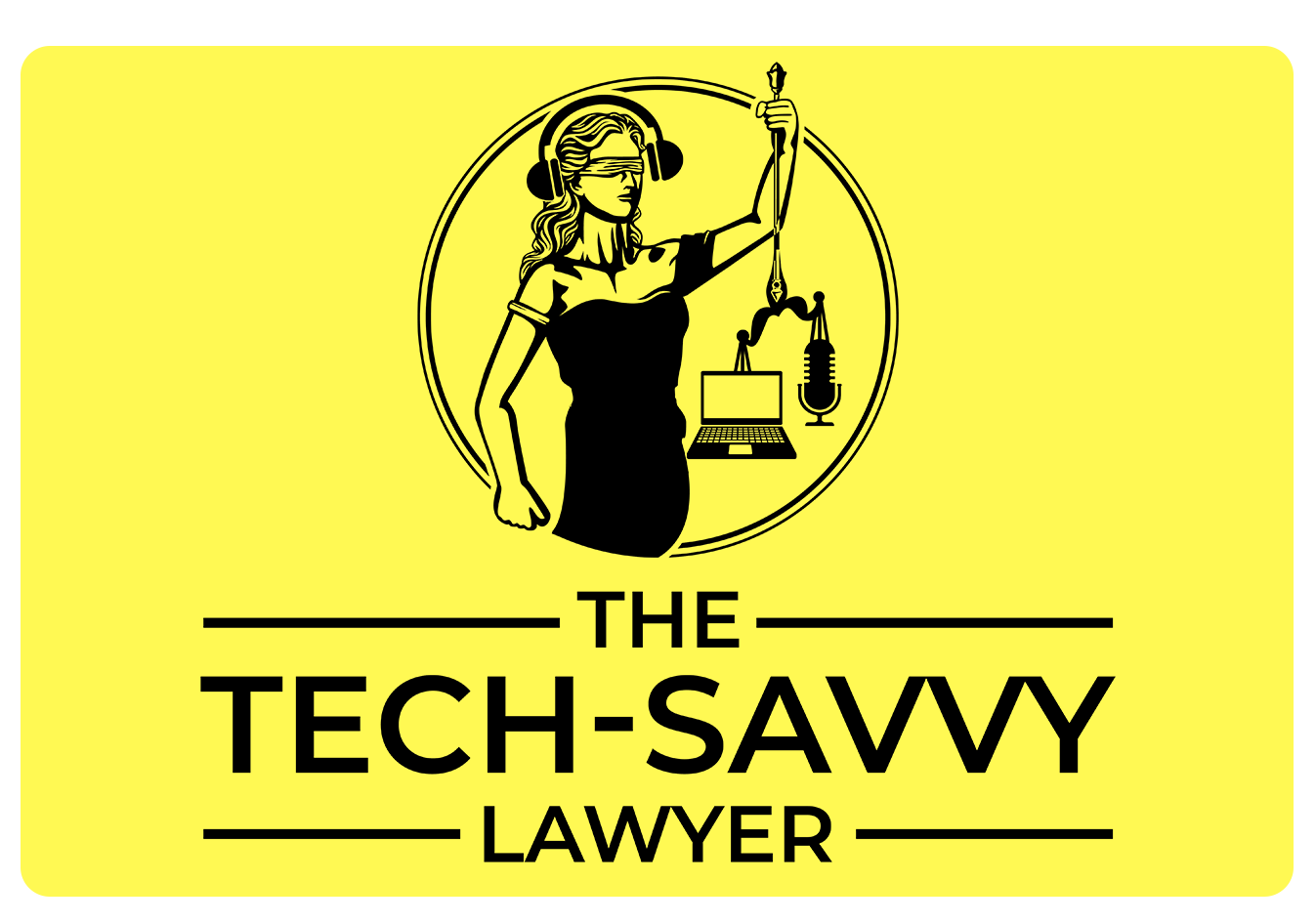Why Are Lawyers Still Failing at AI Legal Research? The Alarming Rise of AI Hallucinations in Courtrooms 🚨⚖️
/lawyers avoid sanctions - check your work!
The legal profession stands at a crossroads: Artificial intelligence (AI) offers unprecedented speed and efficiency in legal research, yet lawyers across the country (and even around the world, like our neighbor to the north) continue to make costly mistakes by over-relying on these tools. Despite years of warnings and mounting evidence, courts are now sanctioning attorneys for submitting briefs filled with fake citations and non-existent case law. Let’s examine where we are today:
The Latest AI Legal Research Failures: A Pattern, Not a Fluke
Within the last month, the legal world has witnessed a series of embarrassing AI-driven blunders:
$31,000 Sanction in California: Two major law firms, Ellis George LLP and K&L Gates LLP, were hit with a $31,000 penalty after submitting a brief with at least nine incorrect citations, including two to cases that do not exist. The attorneys used Google Gemini and Westlaw’s AI features but failed to verify the output-a mistake that Judge Michael Wilner called “inexcusable” for any competent attorney.
Morgan & Morgan’s AI Crackdown: After a Wyoming federal judge threatened sanctions over AI-generated, fictitious case law, the nation’s largest personal injury firm issued a warning: use AI without verification, and you risk termination.
Nationwide Trend: From Minnesota to Texas, courts are tossing filings and sanctioning lawyers for AI-induced “hallucinations”-the confident generation of plausible but fake legal authorities.
These are not isolated incidents. As covered in our recent blog post, “Generative AI vs. Traditional Legal Research Platforms: What Modern Lawyers Need to Know in 2025,” the risks of AI hallucinations are well-documented, and the consequences for ignoring them are severe.
The Tech-Savvy Lawyer.Page: Prior Warnings and Deep Dives
lawyers need to confirm all of their citations generative ai or not!
I’ve been sounding the alarm on these issues for some time. In our November 2024 review, “Lexis+ AI™️ Falls Short for Legal Research,” I detailed how even the most advanced legal AI platforms can cite non-existent legislation, misinterpret legal concepts, and confidently provide incorrect information. The post emphasized the need for human oversight and verification-a theme echoed in every major AI research failure since.
Our “Word of the Week” feature explained the phenomenon of AI “Hallucinations” in plain language: “The AI is making stuff up.” We warned attorneys that AI tools are not ready to write briefs without review and that those who fail to learn how to use AI properly will be replaced by those who do.
For a more in-depth discussion, listen to our podcast episode "From Chatbots to Generative AI – Tom Martin explores LawDroid's legal tech advancements with AI", where we explore how leading legal tech companies are addressing the reliability and security concerns of AI-driven research. Tom’s advice? Treat AI as a collaborator, not an infallible expert, and always manage your expectations about its capabilities.
Why Do These Mistakes Keep Happening? 🤔
Overtrust in AI Tools
Despite repeated warnings, lawyers continue to treat AI outputs as authoritative. As detailed in our November 2024 editorial, MTC/🚨BOLO🚨: Lexis+ AI™️ Falls Short for Legal Research!, and January 2025 roundup of AI legal research platforms, Shout Out to Robert Ambrogi: AI Legal Research Platforms - A Double-Edged Sword for Tech-Savvy Lawyers 🔍⚖️, even the best tools, e.g., Lexis+AI, Westlaw Precision AI, vLex's Vincent AI, produce inconsistent results and are prone to hallucinations. The myth of AI infallibility persists, leading to dangerous shortcuts.Lack of AI Literacy and Verification
Many attorneys lack the technical skills to critically assess AI-generated research (yet have the legal research tools to check their work, i.e., legal citations). Our blog’s ongoing coverage stresses that AI tools are supplements, not replacements, for professional judgment. As we discussed in “Generative AI vs. Traditional Legal Research Platforms,” traditional platforms still offer higher reliability, especially for complex or high-stakes matters.Inadequate Disclosure and Collaboration
Lawyers often share AI-generated drafts without disclosing their origin, allowing errors to propagate. This lack of transparency was a key factor in several recent sanctions and is a recurring theme in our blog postings and podcast interviews with legal tech innovators.AI’s Inability to Grasp Legal Nuance
AI can mimic legal language but cannot truly understand doctrine or context. Our review of Lexis+ AI, see “MTC/🚨BOLO🚨: Lexis+ AI™️ Falls Short for Legal Research!," highlighted how the platform confused criminal and tort law concepts and cited non-existent statutes-clear evidence that human expertise remains essential.
The Real-World Consequences
lawyers don’t find yourself sanctioned or worse because you used unverified generative ai research!
Judicial Sanctions and Fines: Increasingly severe penalties, including the $31,000 sanction in California, are becoming the norm.
Professional Embarrassment: Lawyers risk public censure and reputational harm-outcomes we’ve chronicled repeatedly on The Tech-Savvy Lawyer.Page.
Client Harm: Submitting briefs with fake law can jeopardize client interests and lead to malpractice claims.
Loss of Trust: Repeated failures erode public confidence in the legal system.
What Needs to Change-Now
Mandatory AI Verification Protocols
Every AI-generated citation must be independently checked using trusted, primary sources. Our blog and podcast guests have consistently advocated for checklists and certifications to ensure research integrity.AI Literacy Training
Ongoing education is essential. As we’ve reported, understanding AI’s strengths and weaknesses is now a core competency for all legal professionals.Transparent Disclosure
Attorneys should disclose when AI tools are used in research or drafting. This simple step can prevent many of the cascading errors seen in recent cases.Responsible Adoption
Firms must demand transparency from AI vendors and insist on evidence of reliability before integrating new tools. Our coverage of the “AI smackdown” comparison made clear that no platform is perfect-critical thinking is irreplaceable.
Final Thoughts 🧐: AI Is a Tool, Not a Substitute for Judgment
lawyers balance your legal research using generative ai with known, reliable legal resouirces!
Artificial intelligence can enhance legal research, but it cannot replace diligence, competence, or ethical responsibility. The recent wave of AI-induced legal blunders is a wake-up call: Technology is only as good as the professional who wields it. As we’ve said before on The Tech-Savvy Lawyer.Page, lawyers must lead with skepticism, verify every fact, and never outsource their judgment to a machine. The future of the profession-and the trust of the public-depends on it.































